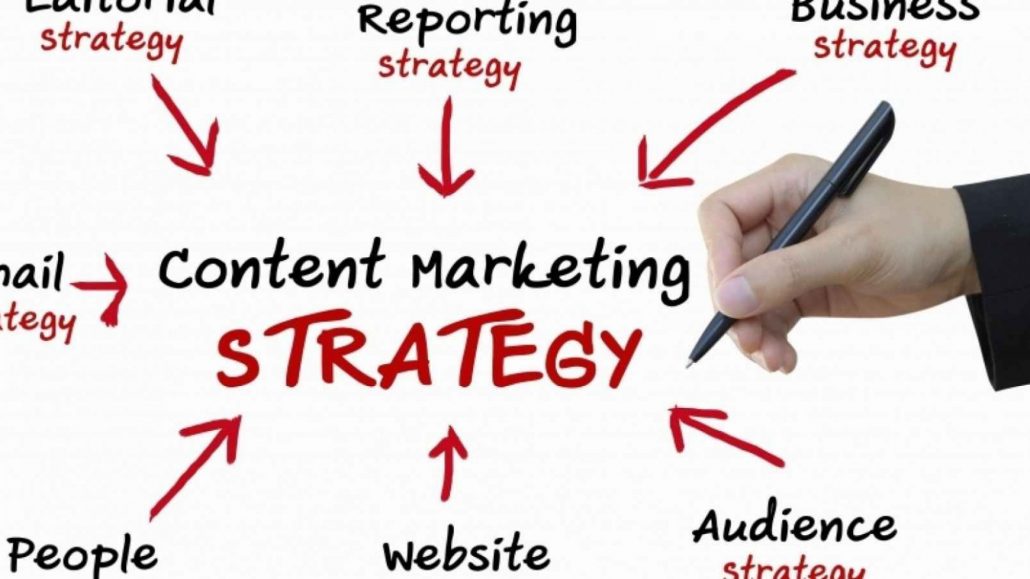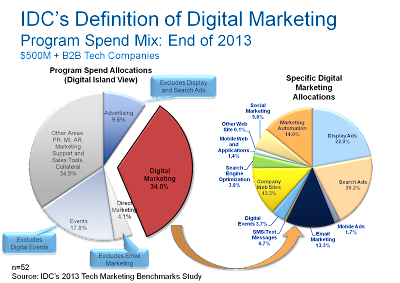 |
| Customers with digital DNA expect data driven value |
The digital native generation is bringing new expectations to brand relationships. They are mobile first, crowd sourced, and data savvy. Their first and most frequent interaction with your brand will be digital and mobile. They find out what’s cool, what’s trending, and what’s most likely to work best for them from their social networks. They don’t have emotional attachments to brands because the product is compelling or the advertising is cool. Their emotional engagement comes from unexpected insights that make them more successful. This is the new basis of customer loyalty, advocacy, and lifetime value.
Of course you still need a compelling product and cool ads (or messaging.) But once the prospect is a customer, continual engagement depends on over the top data driven insights. It’s no longer enough to just sell the hammers and saws and let the buyer go build their house. You need to monitor how they are using the hammer and saw. You need to deliver success by guiding their use of your product based on the behavior of your most successful customers. You need to leverage your position as the center of your customer universe to share best practices quickly and efficiently. The only way to do that at scale is through data.
Data Ownership vs Data Stewardship
In between the lines, you should be hearing a new philosophy with respect to customer data. Even though legally you “own” it, the data driven customer expects you to act as a data steward. You must treat their data as an asset to be used for their benefit, not just as the basis for driving revenue. Everything you provide to your customers should be designed to bring data back. Your customers should learn that the more data they provide, the more value they get in return – without negative side effects like having their data sold to an irrelevant ad network. Give to get and maintain the trust.
This has tremendous implications. Not only for marketers. Data marketing requires coordination with product development, IT, finance, fulfillment, point of sale, customer support, consulting services, sales. All these groups interact with customers and capture data on different aspects of their behavior – product usage, purchasing, problem resolution, planning, advocacy, etc. They all need to be understood to identify the most successful customers and the traits that drive their success. You can create tiers of services based on the level at which customer provide data. You can create cohorts of customers that exclude direct competitors. You can support exchanges within your customer ecosystem that enable strategic accounts to benefit from preferred peers. You can be extremely creative about how you structure your data marketing services.
The message is that in a world of shrinking product cycles, cheap knockoffs, and copycat services, data marketing is the new source of differentiation. No one else has the data you (should) have on how customers can be most successful with your products. Use it to attract and retain the best and leave the rest to your competitors.
To continue the conversation on data marketing and the data driven customer, contact me: gmurray (at) idc (dot) com.
















